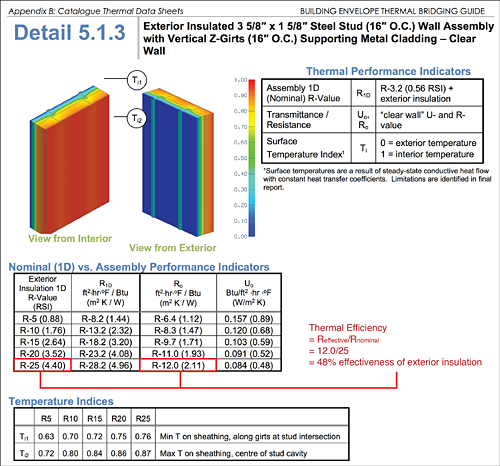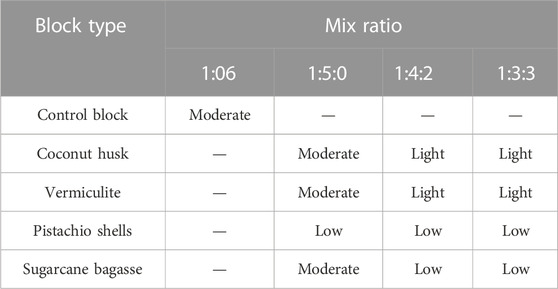
PDF] INFLUENCE OF THERMAL EXCHANGE COEFFICIENT ON THE HEAT RETENTION RATE OF A CONCRETE WALL CONTIGUOUS TO A THERMAL INSULATION TOW-PLASTER
4.9 (104) In stock

4.9 (104) In stock
In this article, we study the influence of the heat transfer coefficient on the heat retention rate per unit length of a wall made of concrete attached to the tow-plaster. The study is done in frequency dynamic regime established conditions. For different values of the exciting pulse, we evaluate the thermal inertia of the wall. The wall has a length of 0.1m including 0.05m of concrete and 0.05m thermal insulating plaster-tow. The thermal conductivity of concrete is about 10 times greater than that of the tow-plaster material. The results show that the thermal behavior of the wall depends partly outdoor climatic constraints. The duration of the outdoor climatic stresses related to the excitation pulse is an important factor on the thermal inertia of the wall. The thermal inertia of the wall is also dependent on the heat exchange coefficient on the surface of the material, its thermophysical properties and initial temperature of the material.

PDF] INFLUENCE OF THERMAL EXCHANGE COEFFICIENT ON THE HEAT

Energy and Buildings - Laboratory01 - Thermal Bridges - 2017 PDF

Managing Enclosure Heat Flows WBDG - Whole Building Design Guide

STRUCTURE magazine June 2022 by structuremag - Issuu

Sustainability, Free Full-Text

Comparative assessment of external and internal thermal insulation

Thermal Efficiency of Insulation in Building Structures—The Impact

Frontiers An environmental sustainability roadmap for partially substituting agricultural waste for sand in cement blocks

PDF) Influence of Heat Exchange Coefficients on Both Optimized

A comprehensive study on transient thermal behaviors and